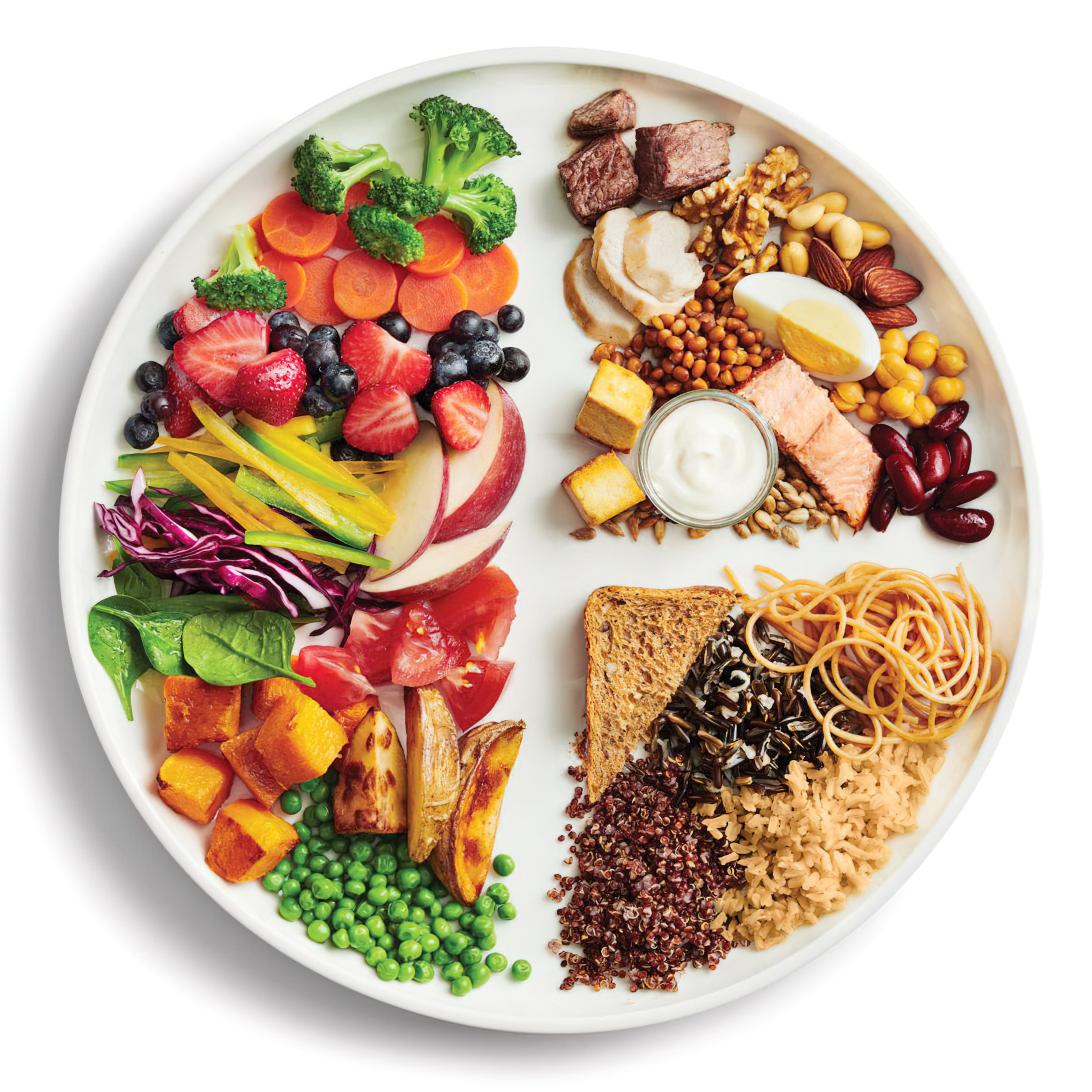Busy workdays often make it challenging to maintain healthy eating habits. However, choosing the right snacks can make a significant difference in your energy levels and overall well-being. In this article, we’ll explore some tips for selecting healthier snack options at work.
-
Content
Prioritize Protein and Fiber

When looking for a satisfying snack, prioritize options that are high in protein and fiber. These nutrients help you feel fuller for longer, preventing overeating and avoiding sugar crashes. Examples of high-protein and high-fiber snacks include:
- Greek yogurt with nuts
- Hummus and vegetable sticks
- Whole-grain crackers with cheese
- A small serving of trail mix
-
Choose Whole Foods Over Processed Ones
Opt for whole, minimally processed foods whenever possible. Processed snacks often contain added sugars, unhealthy fats, and artificial ingredients that can negatively impact your health. Instead, try these wholesome choices:
- Fresh fruit, such as apples or bananas
- Raw nuts, like almonds or walnuts
- Edamame or roasted chickpeas
-
Watch Portion Sizes

Even healthy snacks can contribute to weight gain if consumed in large quantities. Keep your portions in check by measuring out servings or using single-serving packages. Some ideas for portion-controlled snacks include:
- A small handful of nuts
- A cup of sliced vegetables
- One piece of fruit
-
Stay Hydrated
Dehydration can sometimes masquerade as hunger, leading to unnecessary snacking. Make sure you’re drinking enough water throughout the day to stay properly hydrated. If you’re craving a snack, try drinking a glass of water first to see if the craving subsides.
-
Plan Ahead

To avoid the temptation of unhealthy options, plan your snacks ahead of time. Bring a variety of nutritious options to work each week, so you always have something healthy on hand. This strategy can save you both time and money, as well as keeping your nutrition on track.
-
Be Mindful of Sugar Content
Many popular snack options are loaded with added sugars, which can lead to energy crashes and weight gain. Check the labels of packaged snacks for added sugars and aim to choose options with minimal or no added sugar. Instead, try satisfying your sweet tooth with naturally sweet options like:
- Fresh fruit or fruit salad
- Yogurt with a drizzle of honey
- Dark chocolate with a high cocoa content
-
Opt for Balanced Snacks

Aim for a balance of macronutrients – protein, healthy fats, and complex carbohydrates – in your snacks. This combination can provide sustained energy and keep you feeling full until your next meal. Some examples of balanced snacks include:
- Apple slices with peanut butter
- Whole-grain toast with avocado and a hard-boiled egg
- A small smoothie made with fruits, spinach, and protein powder
-
Keep Nutritious Snacks Accessible
To encourage healthier snacking habits, keep nutritious options within easy reach at your workspace. This might include a fruit bowl on your desk, a container of mixed nuts in your drawer, or a stash of whole-grain granola bars in your bag. Making healthy snacks easily accessible can help you resist the temptation of less nutritious options.
-
Listen to Your Body

It’s essential to listen to your body and recognize when you’re genuinely hungry or simply craving a snack out of boredom, stress, or other emotions. If you find yourself reaching for a snack when you’re not truly hungry, consider taking a short walk or engaging in another activity to distract yourself from emotional eating.
Conclusion:
Making healthier snack choices at work can significantly impact your overall well-being and productivity. By following these tips and being mindful of your snacking habits, you can maintain a balanced diet and keep your energy levels up throughout the workday. Remember to listen to your body, stay hydrated, and prioritize nutritious, whole-food options for the best results.

